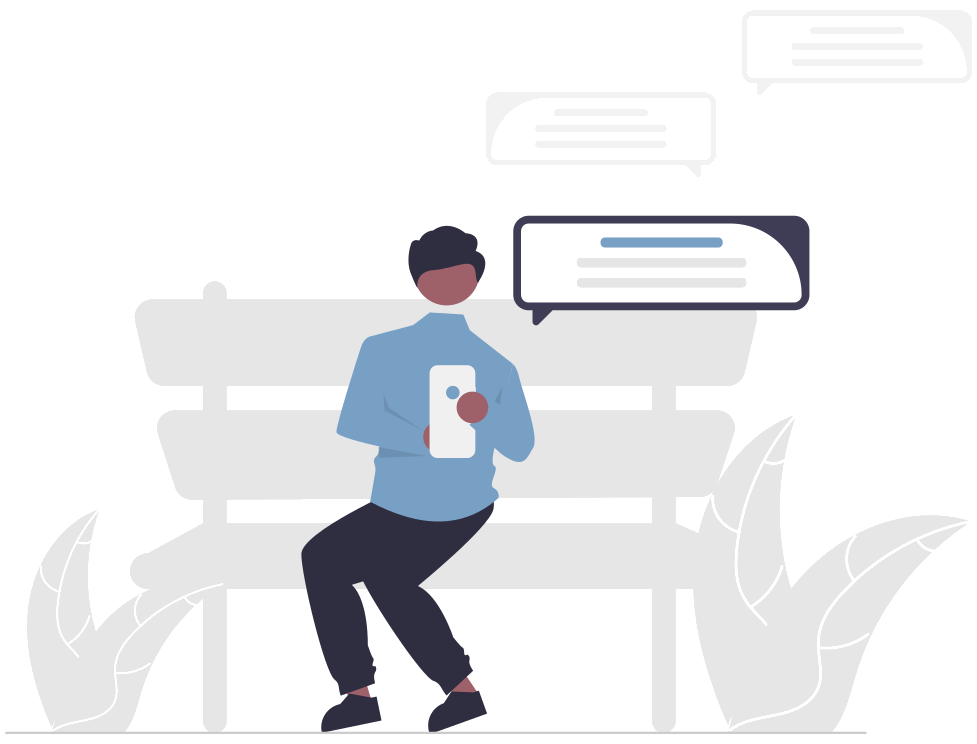Migraine can be triggered by several risk factors migraine. It is useful to know these risk factors, so that you can take these into account in your daily life. For example, there are certain food elements which can trigger migraine. In that case it can be useful to start up a certain diet. This can have a large influence on the amount of migraine attacks which you experience.
How do I test what my personal risk factors migraine are?
You can find out what triggers migraine for you by keeping a diary. A diary can show you which risk factors are linked to your migraine attacks. In the diary you can write if you have had an attack that day, and note down certain specifications regarding your attack. With this we mean things like which side of your head, front or back of your head,... Then you can make a list of the risk factors migraine. The goal of this is that you can show what you have done or eventually eaten that day. After a while, this can then help you to find a pattern.
Are risk factors migraine the same for everyone?
Risk factors migraine are personal for everyone. Just because someone else suffers migraine after eating tomatoes, does not mean that this is the case for you, too. FOr example, you can instead suffer from migraine after a change in your sleeping pattern. Because of this, it is useful to keep a personal diary. To help you to set up this diary, you can find a list of risk factors migraine below.
Changes in your environment?
Certain changes in your environment can be described as risk factors migraine. Below you can find a list of the changes in your environment, which can lead to migraine:
- Changes in the weather
- Changes in your daily schedule
- Skipping a meal
- Change in your sleeping pattern
Sensor stimuli?
Except for changes in your environment, there also are certain stimuli which are considered risk factors migraine. Below you can find a list of the sensor stimuli which could lead to migraine:
- Strong light
- Smells which stimulate
- Strong noises
Stress?
Stress is a well-known risk factor of migraine. Stress generally plays a large role in the development of migraine. Below you find a list of stressful situations which could lead to migraine:
- Periods of intensive activity, both physical as mental activity
- Periods of rest after intensive periods
- Emotional events
- Crises
Hormonal fluctuations?
Hormones are, just like previous risk factors, a large culprit. Below you will find a list of how hormonal fluctuations can trigger migraine:
- Menstruation
- Ovulation
- Pill-free days if you take the pill. It can sometimes be so that headache or migraine occurs during the days on which you need to take the pill, and sometimes it can be so that headache and migraine mainly occur on pill-free days.
Risk factors migraine: food?
There are certain food elements which can trigger migraine and worsen he attack. That is why you will find a list of food types below, which can be considered to be risk factors migraine:
- Alcohol. Generally, red wine and red alcohol products are more dangerous than white wine and white alcohol products. The following products are known as risk factors migraine: wine, Chianti, derivatives of red wine, Champagne, Sherry, beer. Beer and white wine can sometimes be borne in limited amounts
- Chocolate
- Banana
- Pulp of citrus fruits. The juice does not cause any problems in limited amounts
- Nuts
- Onions
- Mushrooms
- Tomatoes
- Smoked herring - pickled herring
- Cheese types. Here we mainly consider fermented cheese and mature cheese. Flat cheese and cream cheese usually do not cause any issues. Mild cheese can also be processed in limited amounts.
- Chinese dishes with mono-natrium glutamate, which is some type of seasoning.
- Frozen products with mono-natrium glutamate
- Meat with nitrites, such as hotdogs and cold cuts
- Light products with aspartame
Intra-individual differences in risk factors migraine?
It can be so that the risk factors migraine do not always have the same effect. There thus are intra-individual differences. For example, it can be so that you do not have any issues when you eat a tomato during vacation, but that you do experience problems when you do so during a stressful period. It thus is a combination of risk factors migraine which tend to cause it. There also is a difference between people with migraine with aura and without aura. Generally, patients with aura have fewer problems with food elements than people without aura.















